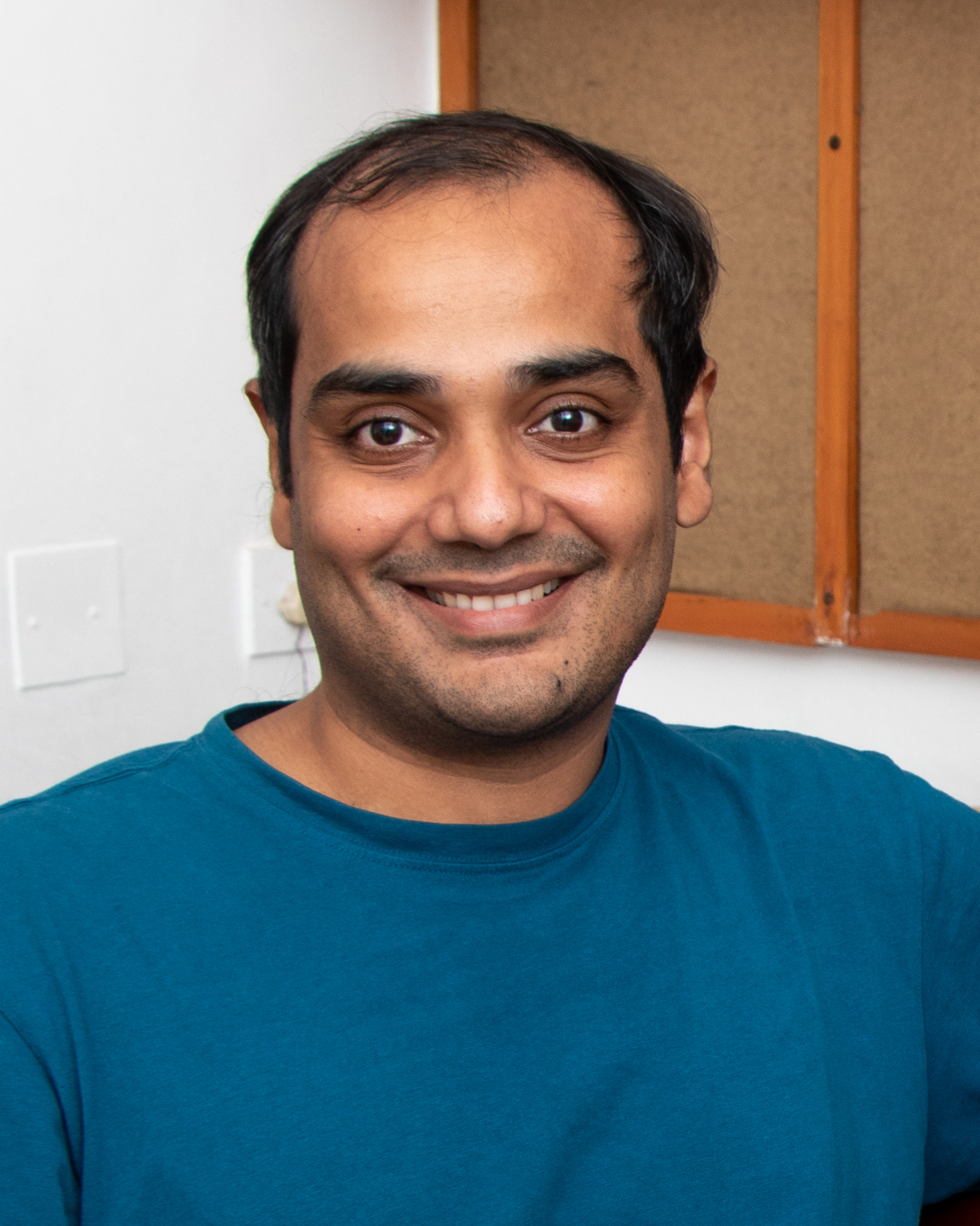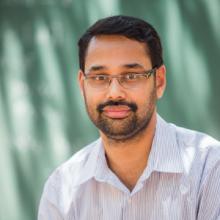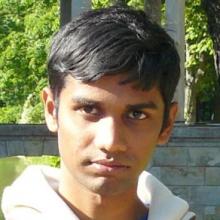
Figure 1: A schematic of gravitational-waves (GWs) emanated by merging black holes and encountering a galaxy. The galaxy then lenses the GWs – much like how a magnifying glass focuses light. As a result, multiple repeated copies of the GWs will be detected at the Earth, with each copy arriving at a different time. For galaxy lenses, the differences in the arrival times could be as large as several weeks. .
Image credit: NASA/ ESA/Hubble and Wikipedia (for the Earth image).
Image credit: NASA/ ESA/Hubble and Wikipedia (for the Earth image).
Scientific background:
A novel method, proposed by a team of researchers at the International Centre for Theoretical Sciences - Tata Institute of Fundamental Research (ICTS-TIFR), the Inter-University Centre for Astronomy and Astrophysics (IUCAA) and the University of California, Santa Barbara (UCSB), could potentially determine the expansion rate of the Universe, provided very many detections of gravitational lensing of gravitational waves become available.
The method has been published in Physical Review Letters (PRL) and selected as Editor's Suggestion. The work was led by Mr. Souvik Jana (graduate student at ICTS-TIFR), and co-authored by Prof. Shasvath J. Kapadia (IUCAA), Prof. Tejaswi Venumadhav (UCSB) and Prof. Parameswaran Ajith (ICTS-TIFR).
Gravitational-waves are ripples in spacetime, produced by cataclysmic events such as the merger of stellar mass black holes. The LIGO-Virgo network of gravitational-wave detectors has detected about hundred such events. If these GWs were to encounter large agglomerations of matter, such as galaxies, their paths would be deviated, and multiple copies of the GW signals would be produced separated by a time delay – a phenomenon called gravitational-lensing. No confirmed detection of the gravitational lensing of GWs has so far been reported.
“We have been observing the gravitational lensing of light for over a century. We expect the first observation of lensed gravitational waves in the next few years!” exclaims Ajith.
“Future detectors will be able to see out to much larger distances than the existing ones,” explained Shasvath. Tejaswi adds, “They will be able to detect weaker gravitational wave signals that get buried in the noise affecting present detectors.” Thus, future detectors with improved ability to probe deeper into the cosmos will provide hundreds of thousands, or even millions of detections of mergers of black holes.
About 10,000 of these are expected to be lensed, resulting in repeated copies of the signal being recorded in the detector. By studying the difference in the arrival times at the detectors, of the lensed GW images, the expansion rate of the Universe can be inferred. “The method does not require knowing the properties of the individual galaxies which create multiple copies of gravitational waves, the distances to the black hole pairs, or even their exact location in the sky. Instead, it only requires an accurate method of knowing which signals are lensed,” explains Souvik. “The method will only become useful when millions of black hole mergers are detected, which is likely to happen in the era of future generation detectors,” cautions Shasvath.
While the method relies on a specific model of the Universe, it can be straightforwardly adapted to other models as well. Indeed, the team is now exploring the possibility of using this method to distinguish between different models of the Universe using very many detections of gravitationally lensed GWs.
IUCAA’s Contribution:
Article:
APS Press Release: https://physics.aps.org/articles/v16/117#c1
Click Here for A Times of India (TOI) article
Research contacts:
 |
Prof. Shasvath J. Kapadia IUCAA, Pune E-mail: shasvath.kapadia@iucaa.in Phone: +91-020-25604211 |
 |
Mr. Souvik Jana, E-mail: souvik.jana@icts.res.in Phone: +91 80 4653 6161 |
 |
Prof. Parameswaran Ajith E-mail: ajith@icts.res.in Phone: +91 80 4653 6210 |
 |
Prof. Tejaswi Venumadhav E-mail: teja@ucsb.edu |
